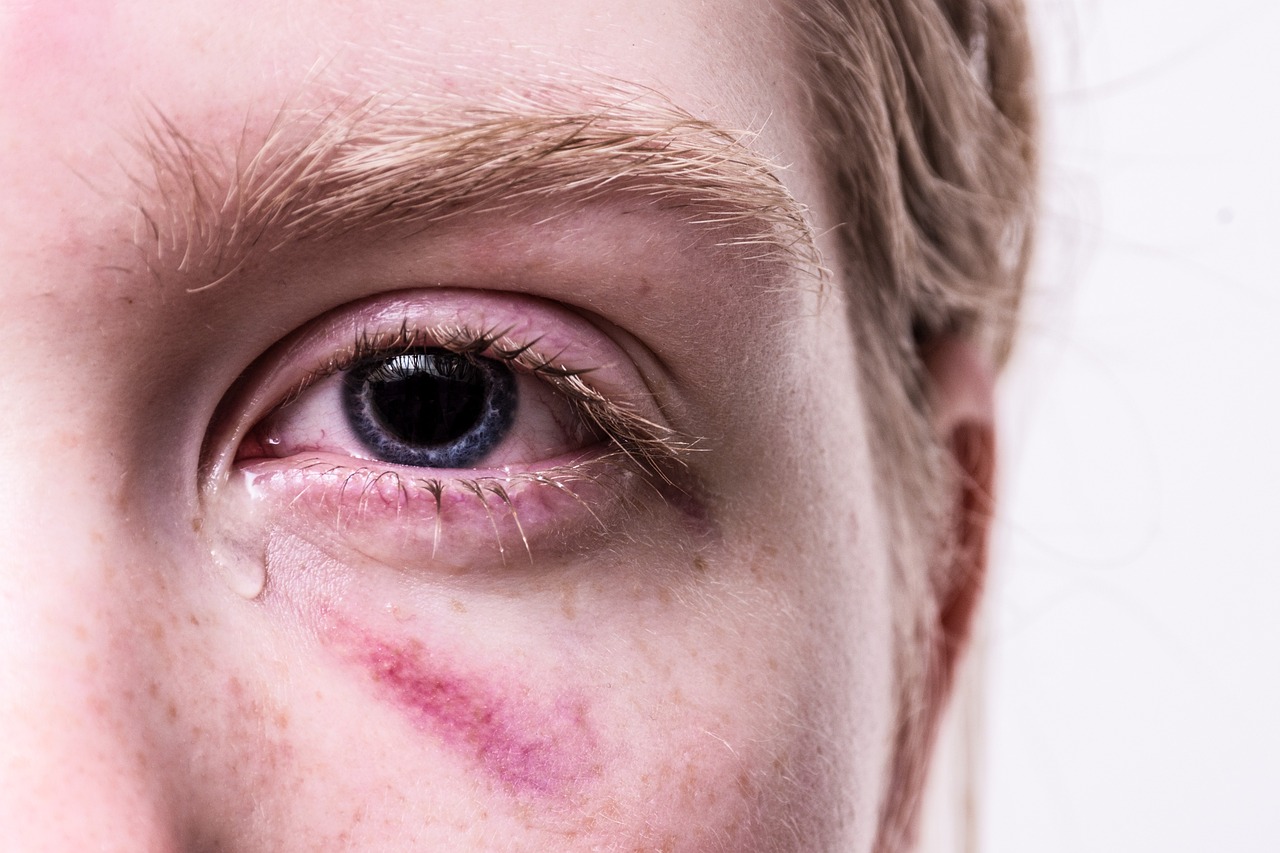Pain and suffering are inevitable part of the human lives. We all go through physical, emotional, or psychological pain that deeply impact an individual’s perspective on life. When we are in pain, we suffer, feel hopeless or have sense that life might not be worth living.
That’s the thing about life, wounds happen to us, they are inevitable parts of life, but they don’t define the entirety of human existence. The most important is taking first step into the healing from pain process.
Carrying so much pain inside us, make life unbearable, and can cause frustration, despair, hopelessness, and depression. It may not be surprising, that pain sufferers may be at an increased risk of having suicidal thoughts and behaviors. That is why you need to heal. In these situations, seeking support from friends, family, or mental health professionals can be crucial. Therapy, counseling, or medical interventions can provide healing from pain strategies and managing suffering, helping you find the way to improve quality of life and regain a sense of purpose.

Types of pain and wounds:
Pain and wounds can manifest in various forms, including:
Physical injuries: These wounds involve bodily harm, such as cuts, bruises, fractures, burns, or other trauma that affects the body’s tissues or organs.
Emotional injuries: These wounds are often related to psychological or emotional distress, such as trauma, grief, anxiety, depression, or other mental health challenges. They can result from experiences like loss, rejection, betrayal, or chronic stress.
Loss: Wounds from the loss of loved ones, relationships, careers, special things or significant life changes can deeply impact individuals emotionally and psychologically.
Abuse and oppression: Wounds can arise from experiences of abuse, whether physical, emotional, verbal, or psychological. Oppression, discrimination, or marginalization can also cause deep emotional wounds, affecting an individual’s sense of self-worth and well-being.
Controlling behavior in relationship: Wounds might result from subtler forms of control, manipulation, or coercion in relationships, workplaces, or societal structures. These can include gas lighting, emotional manipulation, or feeling trapped in unhealthy dynamics.
How to cope with and even reduce your pain?
It is possible to create a life that is worth living, even when you are in pain. All you need to do is to include some medical, psychological, and lifestyle strategies. Here are several methods that can help with healing from pain:
Seek medical help: Consult with healthcare professionals to explore medical treatments or interventions tailored to your specific condition. This might involve medications, physical therapy, injections, or surgical options, depending on the nature and severity of the pain.
Meditation and exercising: practicing mind-body techniques, deep breathing exercises, muscle relaxation, or mindfulness can help manage pain by promoting relaxation and reducing stress, which can exacerbate physical discomfort.
Healthy lifestyle changes: Adopting a healthy diet, maintaining a healthy weight, staying hydrated, and getting adequate sleep can positively impact pain levels. Certain foods and drinks can trigger inflammation, so a balanced diet might help in managing chronic pain conditions.
Join support groups: Visiting support groups can provide with valuable information, resources, and emotional support from individuals experiencing similar challenges.
Alternative therapies: Some people find relief through alternative therapies like acupuncture, chiropractic care, massage therapy, or herbal remedies. While the effectiveness of these approaches may vary, they’re worth exploring under the guidance of qualified practitioners.
Cognitive-behavioral techniques: Cognitive-behavioral therapy (CBT) can help individuals manage pain by addressing negative thought patterns and behaviors that contribute to pain perception and emotional distress.
Healing from pain and suffering requires hard-work, patience, trust and an open heart. How you choose to heal is entirely up to you. Addressing these wounds typically involves acknowledging the pain, understanding its impact, and working toward healing and personal growth. Various therapeutic approaches, counseling, support groups, and self-care practices can aid in the healing process.
